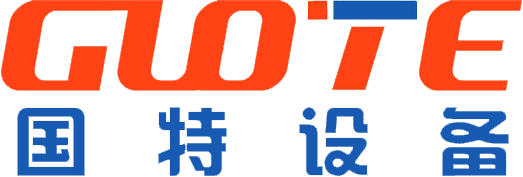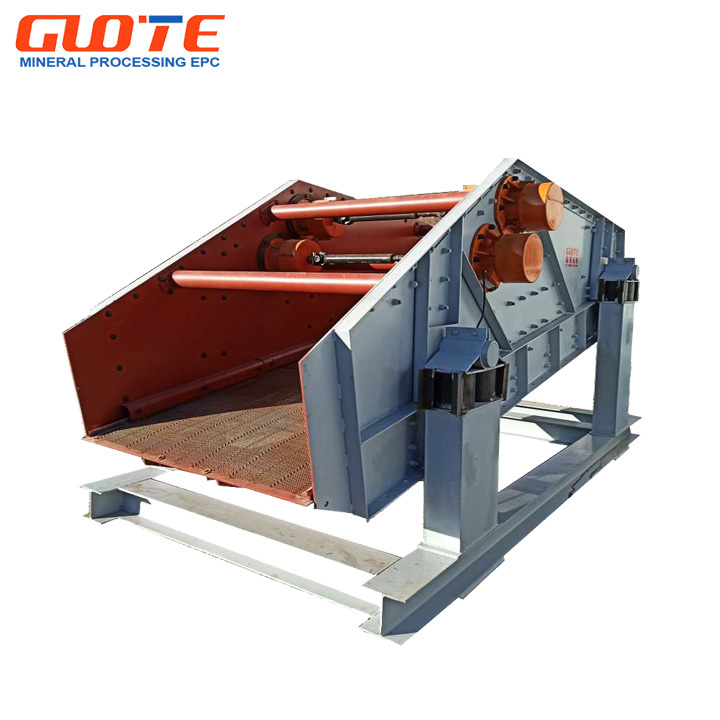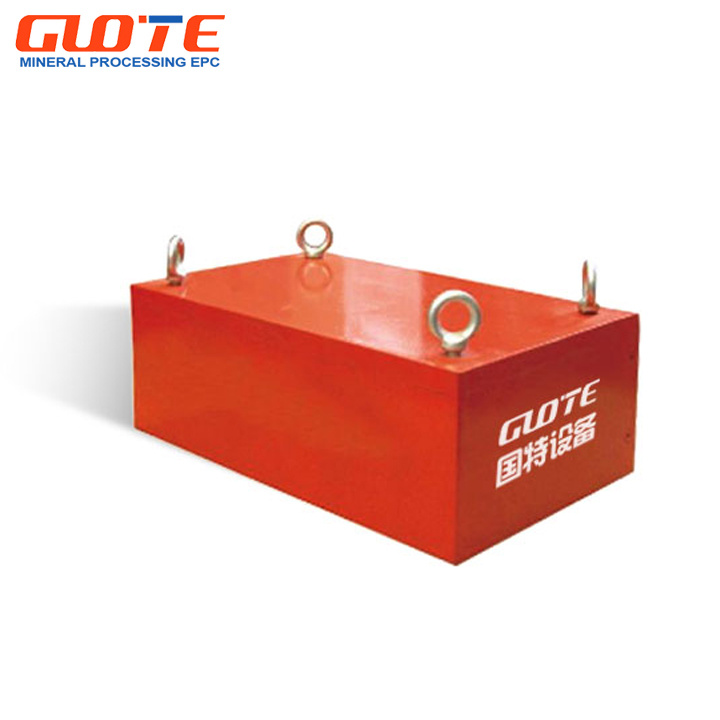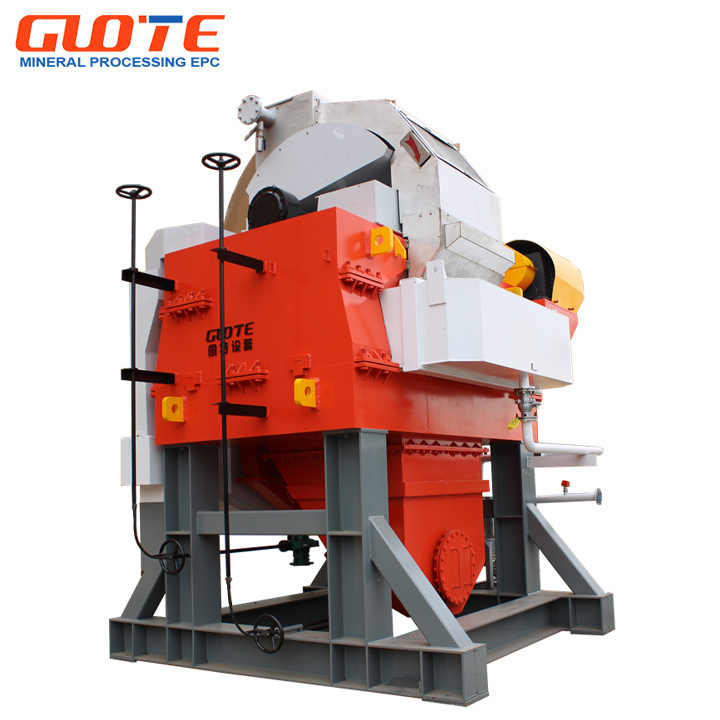Unlocking Efficiency: The Benefits of Customized Dry Roller Magnetic Separators
Unlocking Efficiency: The Benefits of Customized Dry Roller Magnetic Separators
Table of Contents
- 1. Introduction to Customized Dry Roller Magnetic Separators
- 2. Understanding the Technology Behind Dry Roller Magnetic Separators
- 3. Advantages of Customization in Magnetic Separation
- 4. Applications in Various Industries
- 5. Working Principle of Dry Roller Magnetic Separators
- 6. Factors to Consider When Customizing Dry Roller Magnetic Separators
- 7. Maintenance and Care for Longevity
- 8. Case Studies: Successful Implementations
- 9. Frequently Asked Questions
- 10. Conclusion
1. Introduction to Customized Dry Roller Magnetic Separators
In today’s fast-paced manufacturing environment, efficiency is paramount. Customized dry roller magnetic separators have emerged as essential tools in various sectors, streamlining operations by effectively separating ferrous materials from non-ferrous substances. The **customization** aspect allows manufacturers to optimize these machines for specific needs, enhancing productivity and reducing waste.
2. Understanding the Technology Behind Dry Roller Magnetic Separators
Dry roller magnetic separators utilize advanced technology to exploit the magnetic properties of materials. These machines feature powerful magnets placed strategically to capture ferrous particles during the separation process. The **dry nature** of the operation eliminates the need for additional fluids, making it an environmentally friendly choice.
2.1 Key Components of Dry Roller Magnetic Separators
The primary components of these separators include:
- **Magnetic rollers**: Generate magnetic fields that attract ferrous materials.
- **Conveyor belts**: Transport materials through the separation zone.
- **Feed hoppers**: Ensure a steady supply of materials to be processed.
2.2 Benefits of Dry Roller Technology
The benefits of using dry roller technology include:
- **Reduced operational costs**: No need for water or other fluids.
- **Lower maintenance**: Fewer moving parts lead to enhanced durability.
- **Improved environmental impact**: Minimizing waste disposal and pollution.
3. Advantages of Customization in Magnetic Separation
Customization of dry roller magnetic separators allows businesses to tailor the machines to their specific requirements. The advantages include:
3.1 Enhanced Performance
By adjusting the magnetic strength and adjusting the dimensions to fit the feed characteristics, manufacturers can achieve better separation efficiency.
3.2 Increased Versatility
Customized machines can be designed to handle a variety of materials, whether they are large or small, enabling manufacturers to adapt to changing production needs.
3.3 Improved Energy Efficiency
Tailored designs can significantly reduce energy consumption, aligning with sustainability goals and lowering operational expenses.
4. Applications in Various Industries
Customized dry roller magnetic separators find applications in a multitude of industries, including:
4.1 Mining and Minerals
In the mining sector, these separators efficiently segregate valuable minerals from unwanted ferrous waste, maximizing resource recovery.
4.2 Recycling
The recycling industry benefits from customized separators that enhance the quality of recycled materials by effectively removing contaminants.
4.3 Food Processing
In food production, maintaining quality and safety is crucial. Customized separators ensure that metal contaminants are eliminated, protecting consumer health.
4.4 Plastics and Polymers
Plastic manufacturers use these separators to recover ferrous impurities from recyclable plastics, improving product integrity.
5. Working Principle of Dry Roller Magnetic Separators
The operation of a dry roller magnetic separator can be broken down into a series of steps:
5.1 Material Feeding
Materials are fed into the machine through a hopper and distributed evenly across the conveyor belt.
5.2 Magnetic Attraction
As the conveyor belt moves, the magnetic rollers create a magnetic field that attracts ferrous materials while allowing non-ferrous materials to pass through.
5.3 Separation and Collection
Ferrous materials are collected on the magnetic rollers and then discharged at the end of the conveyor, while non-ferrous materials continue along the belt for further processing.
6. Factors to Consider When Customizing Dry Roller Magnetic Separators
When customizing dry roller magnetic separators, several factors must be considered:
6.1 Material Characteristics
Understanding the type, size, and shape of the materials being processed is critical for effective customization.
6.2 Production Capacity
The expected throughput should guide the design, ensuring that the separator can handle the required volume without compromising on efficiency.
6.3 Space and Installation
The available floor space may dictate the size and configuration of the separator, making it essential to consider installation constraints.
6.4 Budget Constraints
Customization options can vary widely in cost. Balancing functionality with budget limitations is crucial during the design phase.
7. Maintenance and Care for Longevity
To ensure the long-term operation of customized dry roller magnetic separators, regular maintenance is essential:
7.1 Routine Inspections
Conduct regular inspections to detect wear and tear on parts, including belts, rollers, and magnets.
7.2 Cleaning Protocol
Establish a cleaning routine to remove accumulated dust and debris, which can impede performance.
7.3 Expert Servicing
Engaging professionals for periodic servicing can help identify potential issues before they lead to significant downtime.
8. Case Studies: Successful Implementations
Numerous businesses have seen remarkable improvements after implementing customized dry roller magnetic separators:
8.1 Case Study 1: Mining Efficiency
A mining company reduced its ferrous waste by over 30% after customizing a separator specifically for its ore characteristics, leading to increased profitability.
8.2 Case Study 2: Enhanced Recycling
A recycling facility optimized its operation by customizing separators to handle various materials, resulting in a 25% boost in overall processing efficiency.
9. Frequently Asked Questions
Q1: What industries benefit the most from customized dry roller magnetic separators?
A1: Industries such as mining, recycling, food processing, and plastics manufacture reap significant benefits.
Q2: How does customization impact the cost of magnetic separators?
A2: Customization can vary in cost based on requirements, but it often leads to significant long-term savings through improved efficiency.
Q3: What maintenance is required for these separators?
A3: Regular inspections, cleaning, and professional servicing are essential to maintain optimal performance.
Q4: Can these separators be modified after installation?
A4: Yes, many customization options allow for modifications post-installation to adapt to changing production needs.
Q5: What is the expected lifespan of a dry roller magnetic separator?
A5: With proper maintenance, these separators can last several years, making them a worthwhile investment.
10. Conclusion
Customized dry roller magnetic separators stand out as pivotal tools in enhancing manufacturing efficiency across various sectors. Their ability to be tailored to specific needs not only improves separation processes but also contributes to cost savings and sustainability efforts. As industries continue to evolve, the demand for such specialized machinery will undoubtedly increase, reinforcing the importance of investing in tailored solutions for optimal operational performance.
customized Dry roller magnetic separator
Previous Page
Previous Page
Related Products
Related News






